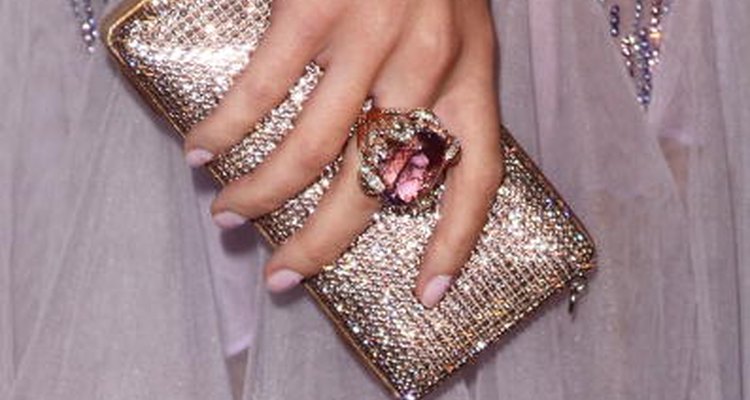
Kunzite was discovered in 1902 in California and named after the gemologist George F. Kunz. The gemstone comes from the mineral spodumene and Kunzite is usually found in large sizes of up to eight carats. Kunzite was discovered in the United States but since its discovery other sites in Brazil, Madagascar and Pakistan have known working mines for this gem. Kunzite exhibits the pleochroism effect, which means that when it is viewed at different angles it will show different colors. Kunzite is a relatively affordable gemstone which can be made into a beautiful piece of jewelry.
Color
Check the color of your gemstone carefully. A Kunzite gem will be pink to a pinkish violet in color.
Check the shade of the gemstone, as some Kunzite will be of a lighter shade of pink, these tend to be sold at a cheaper price than the richer pink toned Kunzite.
Move the gemstone around in your hands and look at it from different angles. If you see different colors in the gemstone as you move it around then the gemstone has the pleochroism effect and it is more likely to be genuine Kunzite. Kunzite has a refractive index of 1.66 - 1.68, as compared to a diamond which has a refractive index of 2.417.
Examine the top of your gemstone, this should be a very pink color, as Kunzite stone cutters always cut it so that the angle at the top shows the most pink color.
Size, Hardness, Texture
Check the size of the gemstone. If the gemstone is small and cut into a ring or other small piece of jewelry, it is much less likely to be Kunzite. Kunzite usually comes cut into larger sizes and is used in pendants or is used for rings with substantial sized stones.
Check how hard your gemstone is, this should probably be done by a professional jeweler, as a genuine Kunzite gemstone is quite fragile and will chip or break if struck hard. On the Mohs hardness scale for gemstones, Kunzite is between 6 and 7, a diamond in comparison is 10 on the Mohs scale.
Examine the feel of the gemstone. It should have a smooth surface. Kunzite has a very good cleavage, which means that it splits along very definite crystalline planes that produce a smooth surface. This means that it is very difficult to facet therefore it is most often hand cut.
Related Articles

Kunzite Pricing Guide
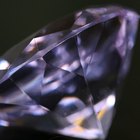
The Value of Commercial Grade Diamonds

How Valuable Is a Garnet in Carats?

Information on African Rubies
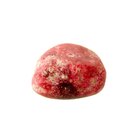
How to Identify Red Jasper
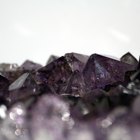
Types of Valuable Crystals
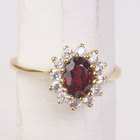
Physical Characteristics of the Ruby ...
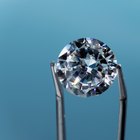
Strontium Titanate Vs. Diamond

What Is the Luster of a Diamond?
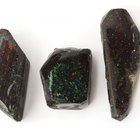
Which Types of Gems Are Most Expensive?

Cubic Zirconia Vs. White Spinel

Tanzanite Vs. Diamonds

What Is 916 in Jewelry?

How to Tell What Pearls Are Worth

What Is Marcasite Jewelry?

How to Identify Sable Fur

How to Tell If a Silver Chain Is Real

The Differences Between Emerald Cut & ...

What Is the Difference in K and KT in ...

Rocks Used in Gravestones
References
Writer Bio
Zoe Van-de-Velde began writing in 1990 and contributes to eHow and Answerbag. Van-de-Velde has a Bachelor of Arts & Humanities in media and English from DeMontfort University. She is currently studying for a Master of Arts in creative media arts specializing in digital photography at the London South Bank University.
Photo Credits
Jason Merritt/Getty Images Entertainment/Getty Images